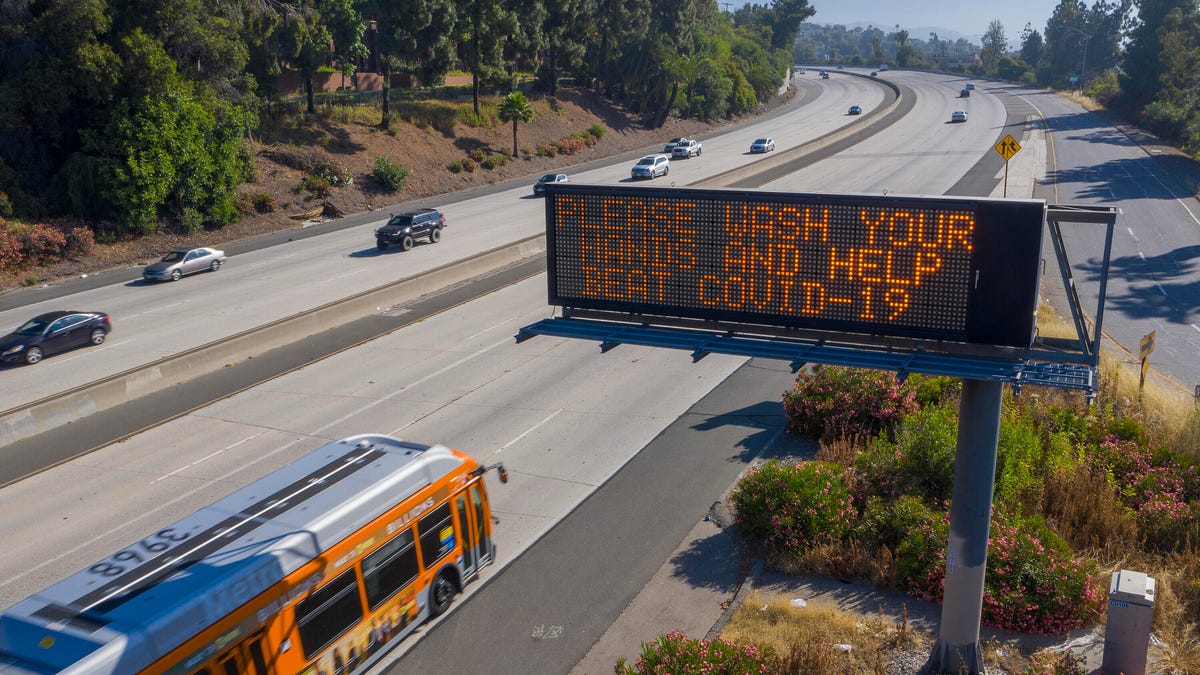Traffic fatality rate spiked during coronavirus even as traffic volumes shrunk
NHTSA data showed fatalities dropped, but the fatality rate rose, even though the number of motorists on the road declined.

Drivers played riskier games this year.
There is good news and bad news in the National Highway Safety Administration's latest traffic fatality data report. Released on Thursday, the data covers 2019 as a whole and provides preliminary data through the second quarter of 2020. Last year, fatalities declined, which is very good news. This year, however, the fatality rate spiked amid the coronavirus pandemic.
That, readers, is not good news since the data shows traffic volume fell 16% during the first six months of 2020. While the number of fatalities is actually lower than the same point in 2019 (8,870 traffic deaths, down 3.3%), the traffic fatality rate per 100 million vehicle miles driven rose from 1.06 to a predicted 1.25. In other words, for every 100 million miles motorists drove in the first half of this year, more than one person lost their life. A decrease of 3.3% is rather alarming, noting how many fewer motorists were actually on the road during the tightest lockdown restrictions as COVID-19 spread in the US.
NHTSA Deputy Administrator James Owens said the trend of a higher fatality rate since April is "concerning." While compiling the data, NHTSA noticed a trend that drivers who remained on the roads engaged in far riskier behavior, such as speeding, not wearing a seatbelt and driving under the influence of alcohol or drugs. Between mid-March and mid-July, NHTSA also collected data from participating trauma centers when a seriously or fatally injured driver arrived for treatment; 67% of drivers tested positive for at least one active drug, including alcohol. Motorists operating a vehicle while taking opioids almost doubled, and marijuana use rose an even 50%.
Comparing 2018 to 2019 is a much better picture, the data shows. All types of traffic fatalities dropped, with the largest decreases in motor vehicle and cycling fatalities; traffic fatalities fell 2.8%, while fatalities involving cyclists fell 2.9%. Fatalities involving pedestrians decreased 2.7% and motorcycle fatalities fell 0.5%. Overall, the fatality rate dropped to its lowest point since 2014 to 1.10 per 100 million vehicle miles traveled.

